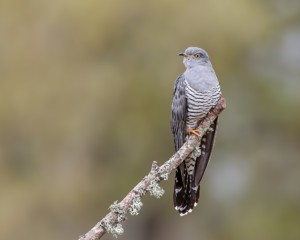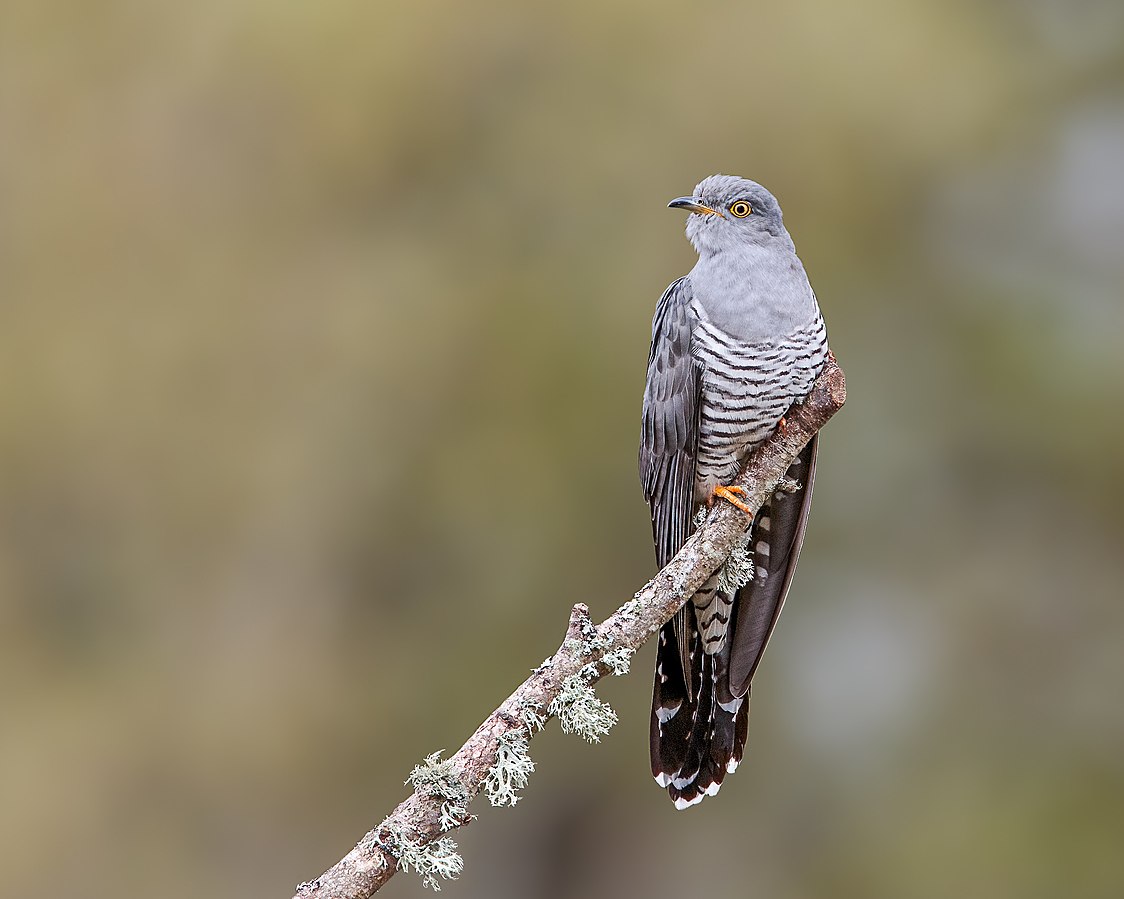 LINKED PAPER
LINKED PAPER
Fast and furious: host aggression modulates behaviour of brood parasites. Jelínek, V., Šulc, M., Štětková, G., & Honza, M. 2021. IBIS. DOI: 10.1111/ibi.12930. VIEW
Brood parasites and their hosts are engaged in an evolutionary arms race, resulting in many curious strategies and countermeasures. For example, the Common Cuckoo (Cuculus canorus) mimics the eggs of its host, the Great Reed Warbler (Acrocephalus arundinaceus), which in turn removes suspicious eggs from its nest (Davies & Brooke 1988). Another intriguing behavior involves rapid egg-laying by the brood parasites. In non-parasitic species, the laying of an egg can take somewhere between 20 and 100 minutes, whereas brood parasites can leave an egg within seconds (McMaster et al. 2004). This rapid egg-laying behavior could an adaptation to avoid being spotted by the hosts, increasing the chances that they will accept the egg as one of their own. If this explanation is correct, you would expect Common Cuckoos to leave the nest immediately after laying an egg.
Mobbing
A team of Czech ornithologists tested this idea in South Moravia, where they monitored the nests of almost 200 Great Reed Warblers. Video recordings of Common Cuckoos parasitizing these birds did not support the explanation that rapid egg-laying is a strategy to avoid being detected. When the Cuckoos were not seen by the Warblers, they tended to take between 10 and 50 seconds to lay their egg and stayed near the nest afterwards. However, when the Great Reed Warblers noticed the Cuckoo and attacked it vigorously, the Cuckoo laid her egg twice as fast (between 4 and 26 seconds) and left the nest immediately. This observation suggests that host aggression is a more important factor in the evolution of a fast egg-laying strategy.

Figure 1. Common Cuckoos lay their eggs faster when they are being attacked by hosts.
Removing eggs
Interestingly, all Cuckoos tried to remove a host egg whether they were attacked or not. You might expect that Cuckoos skip the egg-removing step to save time and to escape the aggressive attacks of the host. Instead, they always performed this behavior, suggesting that it plays an essential role in their parasitic lifestyle. The function of egg-removal, however, remains poorly understood. It might be related to deceiving the host (Mosknes & Roskaft 1989), ensuring proper incubation of the eggs (Lerkelund et al. 1993) or providing a free meal for the female Cuckoo (Scott et al. 1992). More research is clearly needed to determine the function of this peculiar strategy.
References
Davies, N.B. & de Brooke, M.L. (1988). Cuckoos versus reed warblers: adaptations and counteradaptations. Animal Behaviour 36: 262– 284. VIEW
Lerkelund, H.E., Moksnes, A., Røskaft, E. & Ringsby, T.H. (1993). An experimental test of optimal clutch size of the Fieldfare; with a discussion on why brood parasites remove eggs when they parasitize a host species. Ornis Scandinavica 24: 95– 102. VIEW
McMaster, D.G., Neudorf, D.L.H., Sealy, S.G. & Pitcher, T.E. (2004). A comparative analysis of laying times in passerine birds. Journal of Field Ornithology 75: 113– 122. VIEW
Moksnes, A. & Roskaft, E. (1989). Adaptations of meadow pipits to parasitism by the Common Cuckoo. Behavioral Ecology and Sociobiology 24: 25– 30. VIEW
Scott, D., Weatherhead, P.J. & Ankney, C.D. (1992). Egg-eating by female Brown-headed Cowbirds. The Condor 94: 579– 584. VIEW
Image credits
Top right: Common Cuckoo (Cuculus canorus) | Andy Morffew | CC BY-SA 2.0 Wikimedia Commons
Blog posts express the views of the individual author(s) and not those of the BOU.
If you want to write about your research in #theBOUblog, then please see here





